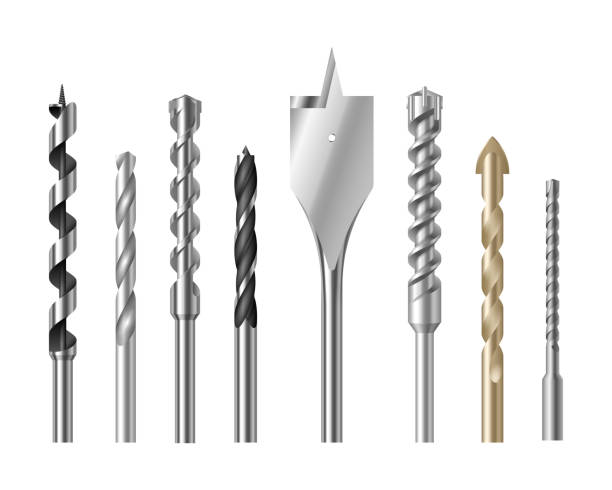
It is crucial to have the correct tools to develop your woodworking skills. The router is just one of these essential tools.
There are numerous kinds and sizes of router bits to suit every kind of routing task. They come in curly and straight profiles, and you can also get special-shaped bits that can be used to create different kinds of edge profiles.
Size
There are plenty of different router bits available to pick from. They are available in a range of sizes and shapes . They are mostly made from carbide or HSS.
Because it has an impact on the performance of the bit, the 1/2 shank size is vital. A smaller bit runs faster than a larger one with the same speed.
Router bits are available in two shank sizes of 1/4-inch and 1/2. Although most bits are sold with either of these shank sizes, some parts and shapes cannot be used with smaller than a 1/2 inch shank.
A bigger shank can give better stability, a greater collet grip and less deflection. This results in an overall more enjoyable user experience, as well as better cut quality.
Material
Router bits are used to cut profiles, grooves, and joints made of a variety of wood materials. They come in a range of shapes and sizes to be used for different woodworking processes.
The material used in router bits could impact its performance as well as the life expectancy. There are three primary types of material employed in router bits: high speed steel (HSS), carbide tipped, and solid carbide.
Although they are more costly, the edges of carbide-tipped bits will last longer than the ones made of HSS. They are also able to be sharpened multiple times before needing replacement.
Solid carbide bits can be hard and easily break when used on hard metals, such as cast iron or steel. However they can be utilized in conjunction with a variety of materials, such as hardwoods, MDF and soft metals like aluminum.
Sharpness
Your woodworking project's performance is influenced by the quality of your router bits. If the cutting edge of your router bit is dull, it could cause burn marks on your wood or cause damage to the final product.
You need to maintain your spiral compression-cut router bits sharpened and clean on a regular basis in order to make sure they are performing at the highest level. This will help you save cash on repair and replacement.
A sharp and well-maintained router bit will last for years without any issues. It is important to remember that router bits don't appear the same.
The amount of wear and tear that occurs on different types of cnc router bits is heavily contingent on the frequency of use and the type of material you work with. Carbide and High-Speed Steel bits (HSS), are the most likely to wear down. However, they still require sharpening on a regular basis.
Dust Collection
Router bits can produce many chips and dust that can stick to clothes, hair and even the surface of the work. Systems for removing dust are essential for any woodworking shop.
If you're running MDF (medium density fiberboard), it is especially crucial to have a reliable dust collection system. MDF is produced by fusing small fragments of wood and other woods. It generates lots of fine dust, which must be collected and cleaned up quickly.
Two-stage systems are one of the most effective ways to collect dust. The chambers are separated that collects chips and dust while they travel through the chamber, as well as a filter stage that traps the smaller particles.